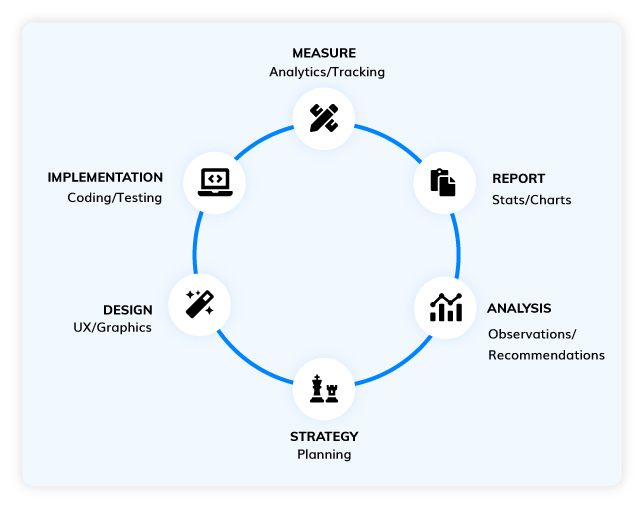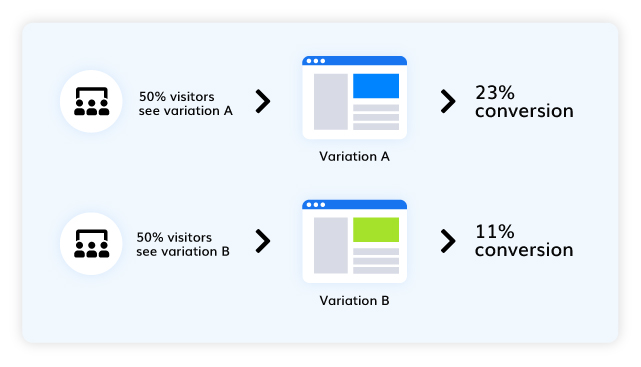[display-name-category]
[post_author]
The quality of your PPC campaigns relies on knowing what you want to get out of them for your business. PPC is an extremely useful and powerful goal, guiding them down the buying funnel to take an action.
Understanding how to improve your digital marketing strategies can get complicated. Much like life, you must set your PPC conversion goal and keep it in mind as you advance.
Currently, there are many ways to market your company or services. But, which is the best? This depends on your website’s effectiveness.
Nowadays, you can buy traffic from search engines (PPC on Google/Microsoft) and social media. You can also work on your SEO. Together, these methods work. But, if you don’t optimize your website for conversions, you won’t see the value or revenue from these sources.
In this blog, we’ll tell you how to keep this from happening. Review our tips to get the best results from your website and maximize the return of PPC campaigns.
What is Conversion Rate Optimization (CRO)?
Do you know what conversion rate optimization is? If you don’t, don’t worry, the idea is pretty simple.
Conversion rate optimization (CRO) is the process of increasing the percentage of users or website visitors to take the desired action (such as buying a product or leaving contact details). This activity represents revenue for your business. It can be a phone call, filling out a contact form, sale, or signing up for email subscriptions. These are “conversions.”

Of course, there are ways to increase conversions for your site, which is why we’ve gathered here today. Follow along and compare notes to your current efforts.
Site Speed
Site speed is the most important thing. It won’t matter if you have the best content or optimize all the buttons/forms on your website. In July 2018, Google made this a ranking factor. “Speed is now used as a ranking factor for mobile searches.” If your website takes too long to load, users bounce off. Google interprets it as “irrelevant,” or that it’s not helpful to users.
You can use Page Speed Insights or Pingdom Tools to determine your speed and improve it. These tools run audits on your website and share the findings. After that, you can reduce images, cache, redirects, and other elements holding you back.
A/B Testing
Conduct user experience research by serving visitors similar ads, differing only in the button element. This practice will measure the effectiveness of each design and performance by the KPIs you assign, such as time on site or pages per session.
To improve PPC, apply the same practice to your ad copy. Vary headlines, descriptions, and call-to-actions to see which one generates more engagement. Results determine which keywords are most relevant to your ad copy and landing pages.

Don’t be afraid to run experiments on your Google Ads account. This data leads to increased conversions and an understanding of how they can impact a campaign.
Visual Analytics
Data is everything. Understanding how users engage with your website accelerates your chances of generating conversions. There are different ways of doing it, but Hotjar and Microsoft Clarity are popular tools. These programs show user activity on your website with heatmaps. It gives you a better idea of how users use the buttons and interact with your content, videos, or images.
Conclusion
Understanding digital marketing can be a little bit complicated. There are several options to market your company or services. Which performs best depends on your website’s effectiveness.





